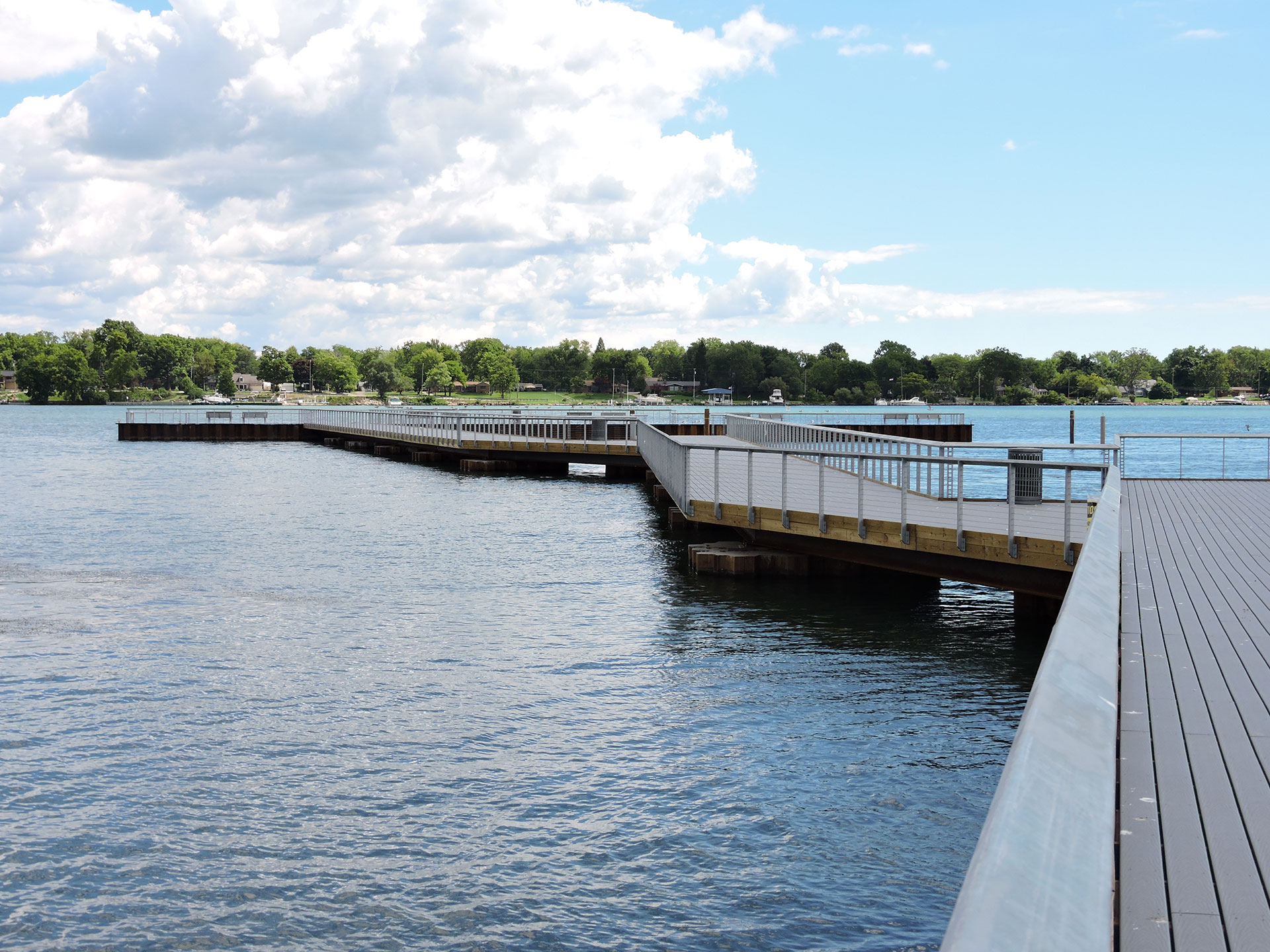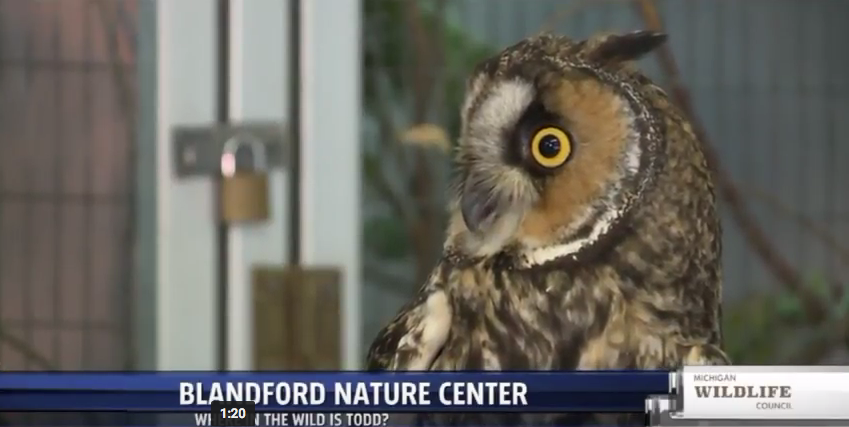When you are surrounded by 7 million people and a whole lot of concrete, how do you inspire the next generation of conservationists?
You get them outside.
“In Metro Detroit, if you want a world-class outdoor recreational experience you’ll find it right in your own backyard at the Detroit River International Wildlife Refuge,” said John Hartig, refuge manager.
Unfortunately, many folks don’t even know this natural jewel is just 20 miles south of Detroit.
The 6,200-acre refuge includes 20 scattered units of islands, coastal wetlands, marshes, shoals and waterfront lands along the Detroit River and western Lake Erie ranging from southwest Detroit to the Ohio border. The focus at the refuge is on conserving, protecting and restoring habitat for 300 species of birds and 117 species of fish.
The refuge is part of the Detroit Heritage River Water Trail, which meanders through the Detroit, Huron, Rouge and Raisin rivers and offers miles of paddling opportunities. Recently, Michigan residents, through a Michigan Department of Natural Resources survey, identified the Detroit Heritage River Water Trail as one of the Top 11 Water Trails in Michigan.
It was selected as the first phase of the water trail “based on mounting enthusiasm to explore these reaches, the wide diversity of paddling experiences found along the way, and the area’s abundant natural beauty and rich wildlife resources,” according to the Metropolitan Affairs Coalition.
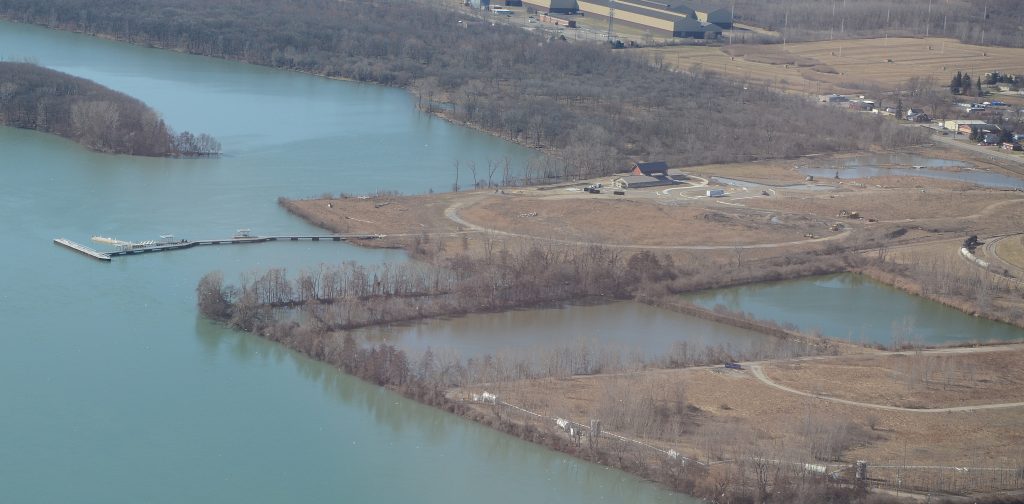
It’s the only international wildlife refuge in North America and it’s an environmental success story. After decades of pollution, the Detroit River is a different place today than it was 50 years ago.
“Dramatic pollution prevention, environmental cleanup and conservation have made the area one of the most impressive environmental recoveries on the continent,” said Matt Pedigo, chair of the Michigan Wildlife Council.
The Michigan Wildlife Council was established three years ago to educate the public about the importance of wildlife conservation.
The council is currently in the midst of a campaign to increase public knowledge about the ways in which Michigan’s wildlife and natural resources are managed and funded, and the important role sportsmen and sportswomen play in preserving Michigan’s outdoor heritage for future generations.
The comeback of the “Conservation Crescent”
The Refuge Gateway, located adjacent to Humbug Marsh in Trenton, is Michigan’s only Wetland of International Importance designated under the international Ramsar Convention. Together the Refuge Gateway and Humbug Marsh are centerpieces of the refuge. The Refuge Gateway will be home to a new visitor center, school ship dock, fishing pier and trails slated to open in fall 2017.
It’s also a prime example of Southeast Michigan’s environmental comeback.
This 44-acre industrial brownfield was the home of a Chrysler automotive plant until 1990. Today all of the land surrounding the visitor center has been cleaned up and is part of the “Conservation Crescent.” The Refuge Gateway is owned by Wayne County and cooperatively managed with the refuge.
“This is one of the most remarkable ecological recovery stories in North America,” Hartig said.
The Refuge Gateway has been in the works for years.
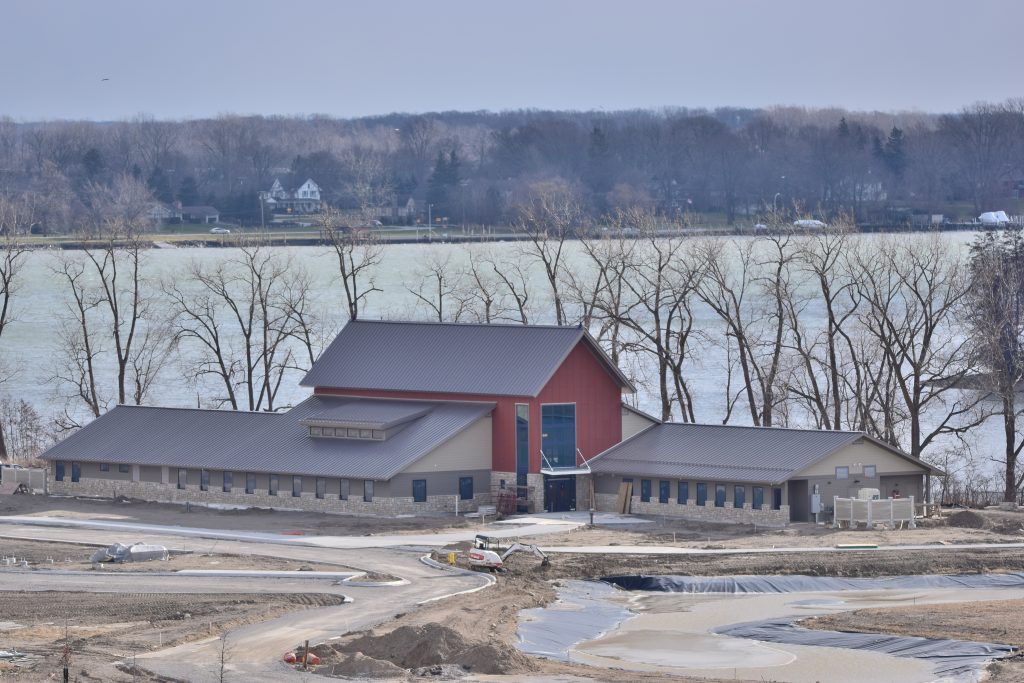
The John D. Dingell Jr. Visitor Center – named for the former Michigan congressman who championed numerous conservation causes and legislation in his decades-long career – will offer 12,000 square feet of outdoor learning and exploration.
“One-third of the visitor center will be devoted to hands-on and minds-on activities for children and families. There’ll be a wildlife observation room overlooking Humbug Marsh, which is the jewel of the refuge and just a stone’s throw away,” Hartig said.
Outside, visitors can stroll up and down a new 740-foot pier and drop a fishing line into water considered to be some of the best walleye fishing in the nation. There will also be a spot to dock the Michigan Sea Grant school ship that visits the refuge, as well as a canoe and kayak launch.
The Refuge Gateway will also offer three observation decks, scopes and hiking trails on the marsh and woods.
“We’ve also built a bald eagles’ nest on the ground that’s about 7 to 8 feet across. Kids will be able to get in the middle of this immense nest to get a feel for what a real one is really like and then look across the water to Humbug Island and actually see bald eagles in their native habitat,” Hartig said.
It’s experiences like this that will help inspire the next generation of conservationists, experts say.
Funding for the $7 million visitor center, $3.5 million dock and pier, and $1.5 million roads, trails and boardwalks comes from federal, state, county and local agencies and nonprofits, as well as many corporate and individual donations.
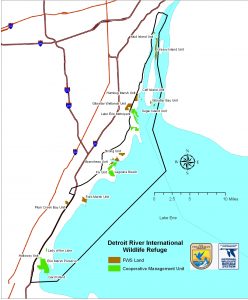
Connecting urban residents with nature
The U.S. Fish and Wildlife Service has designated the Detroit River International Wildlife Refuge as one of the 14 priority urban wildlife refuges in the nation. About 80 percent of the U.S. population now lives in urban communities.
“So it’s vital that we connect with urban America and show them just how great nature really is. That’s how we’ll help foster the next generation of conservationists,” Hartig said.
“We believe we can do that by putting people in direct contact with nature like we will at our new visitor center.”
More than 100 volunteers have trained over the last year as refuge ambassadors so they can share all the wonders of the refuge with the thousands of people expected to visit annually.
Although the visitor center likely won’t open until this fall, there are still plenty of nature-friendly events coming up in Metro Detroit, said Joann Van Aken, International Wildlife Refuge Alliance executive director.
“And when the visitor center opens this fall, I hope people will take the time to get off I-75 and come over to see the jewel we’ve got here. They’ll be quite surprised,” Van Aken said.
Want to learn more? Watch this video about the Detroit River International Wildlife Refuge and the comeback of the Detroit River:
